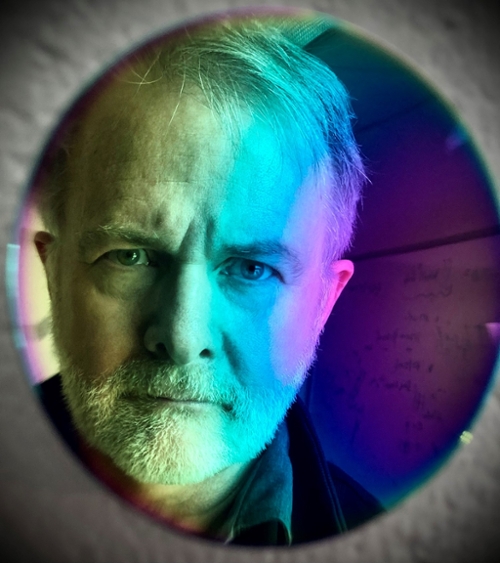Colloquium: How Optics & Photonics Enable Discovery at the Sun’s Poles

Grover Swartzlander Professor for the Chester F. Carlson Center for Imaging Science,
Rochester Institute of Technology
ABSTRACT: Although Earth and space-based telescopes provide images of the most distant and exotic regions of the universe, surprisingly no spacecraft has captured images directly over the polar regions of our nearest star, the Sun. Like other rotating celestial bodies, solar polar regions are expected to reveal fascinating new heliophysics phenomena. Owing to the so-called “tyranny of the rocket equation” and limitations imposed by gravitational assist maneuvers, novel propulsion techniques are required, especially if we hope to place a constellation of many satellites in solar polar orbits. This talk describes an effort to use the radiation pressure on diffraction grating solar sails to enable such multi view images. Revelations provided by such images are expected to both fundamentally change our understanding of the sun, and also provide new early warning systems that protect the Earth from coronal mass ejections, thereby sidestepping damages that could amount to many trillions of dollars owing to damage to the backbone of the modern world -- the electrical grid. Key to the mission success will be the design of robust thin film gratings that diffract light at large angles at all solar wavelengths.
BIO: Grover Swartzlander has contributed to a range of topics in optics including the physics and applications of optical vortices, optical tweezers, nonlinear optics, astronomical and terrestrial imaging, and most recently, advanced concepts for solar sailing. His discoveries often combined both experimental and theoretical techniques. He is a Fellow of the Optical Society of America, served as Editor-in-Chief of The Journal Optical Society of America B, and has been triply honored as a Fellow by the NASA Innovative Advanced Concept Award (NIAC) program for developing visionary concepts for future space science and space travel. His childhood interest in light grew considerably as a physics student at Drexel University (some will remember his optics professor, Lorenzo Narducci) and then again as Alex Kaplan’s graduate student at Purdue/Johns Hopkins.
TITLE: How Optics & Photonics Enable Discovery at the Sun’s Poles
DATE: March 21, 2022
TIME: 3:30 PM - 4:30 PM (EDT)
LOCATION: ZOOM / GOERGEN 101 (SLOAN AUDITORIUM)
